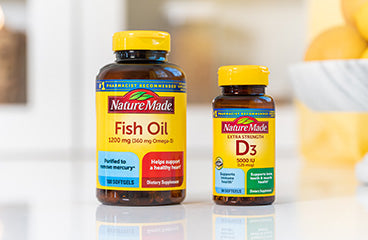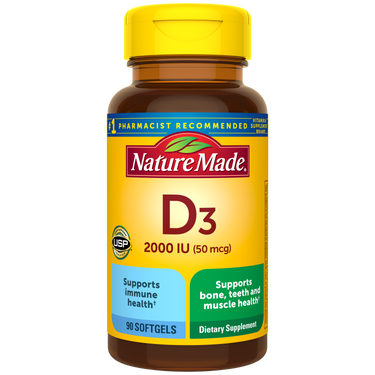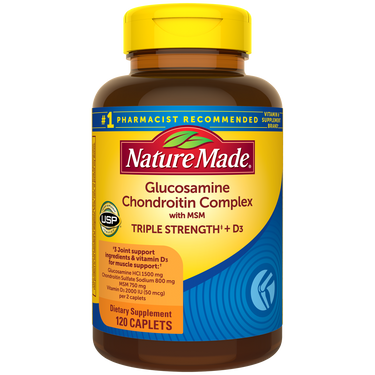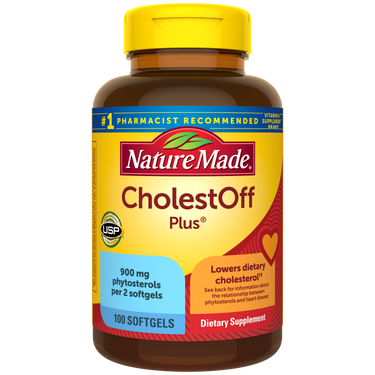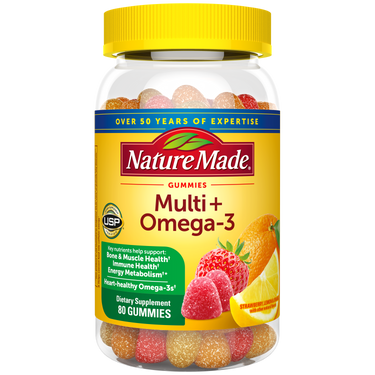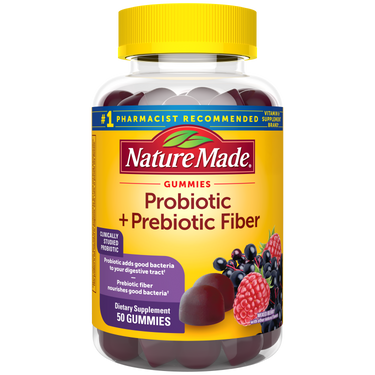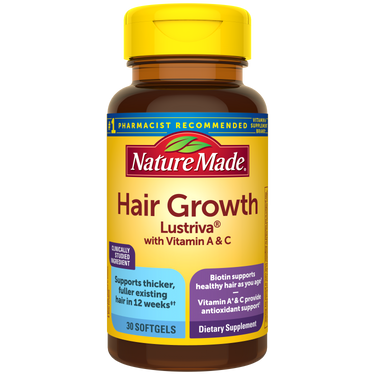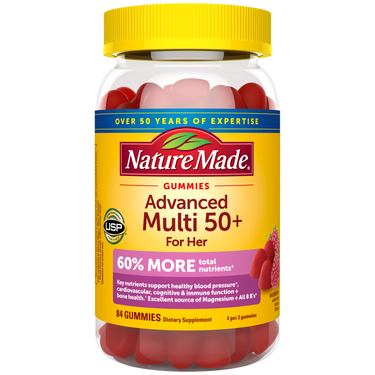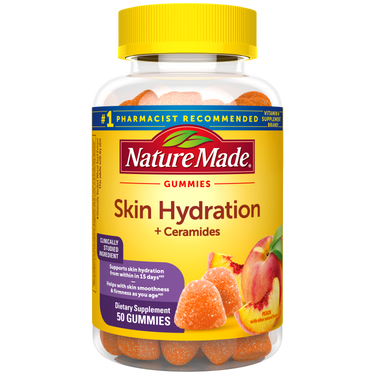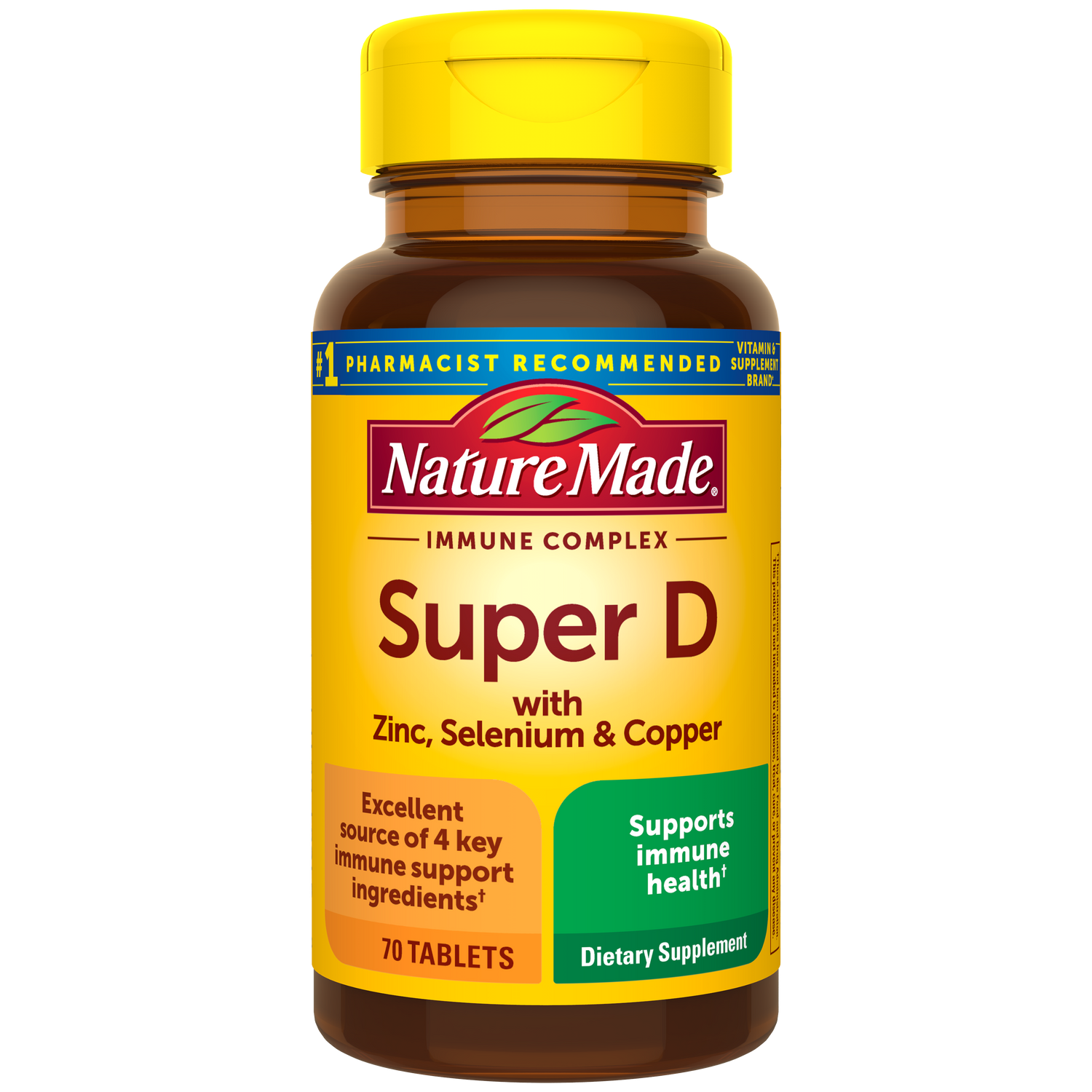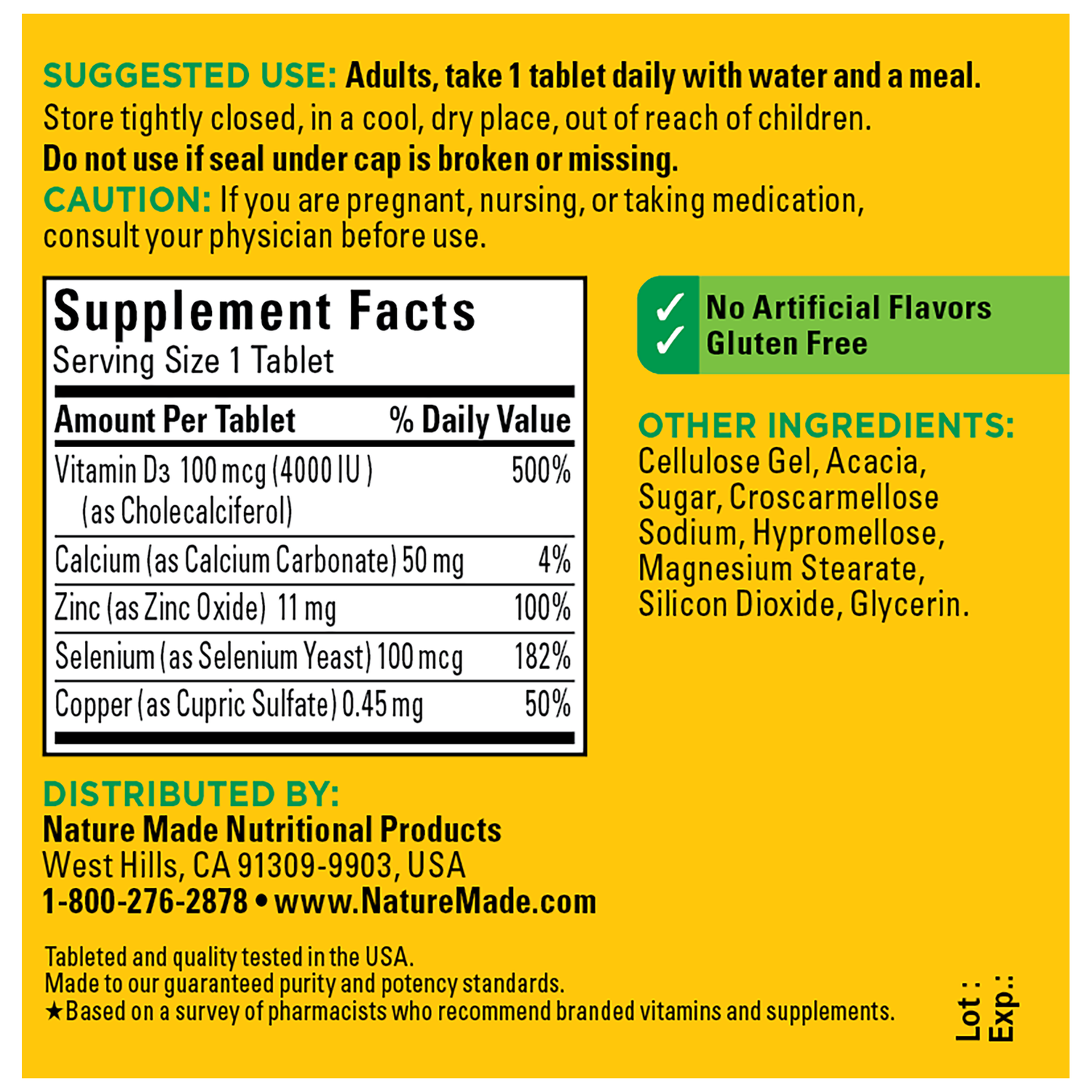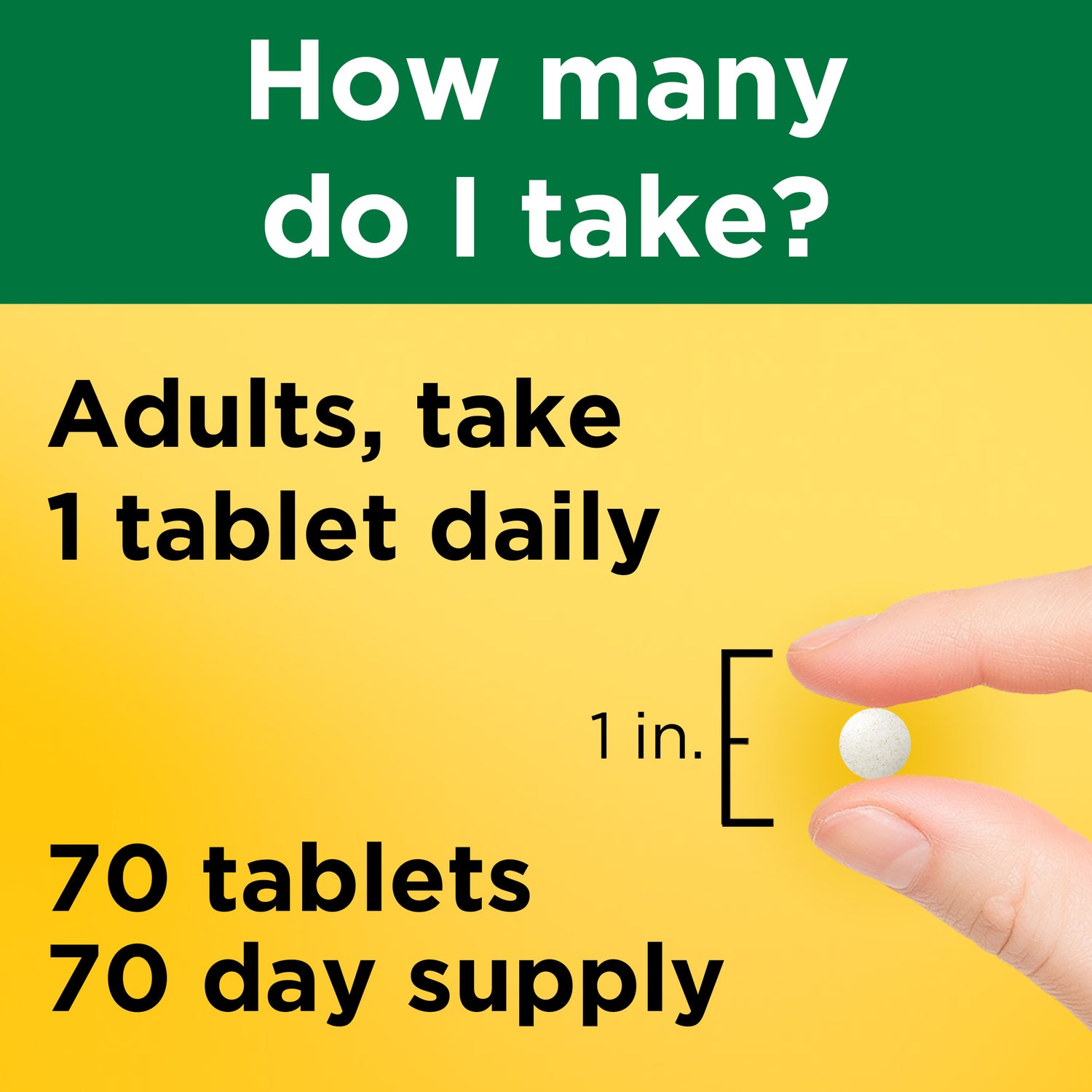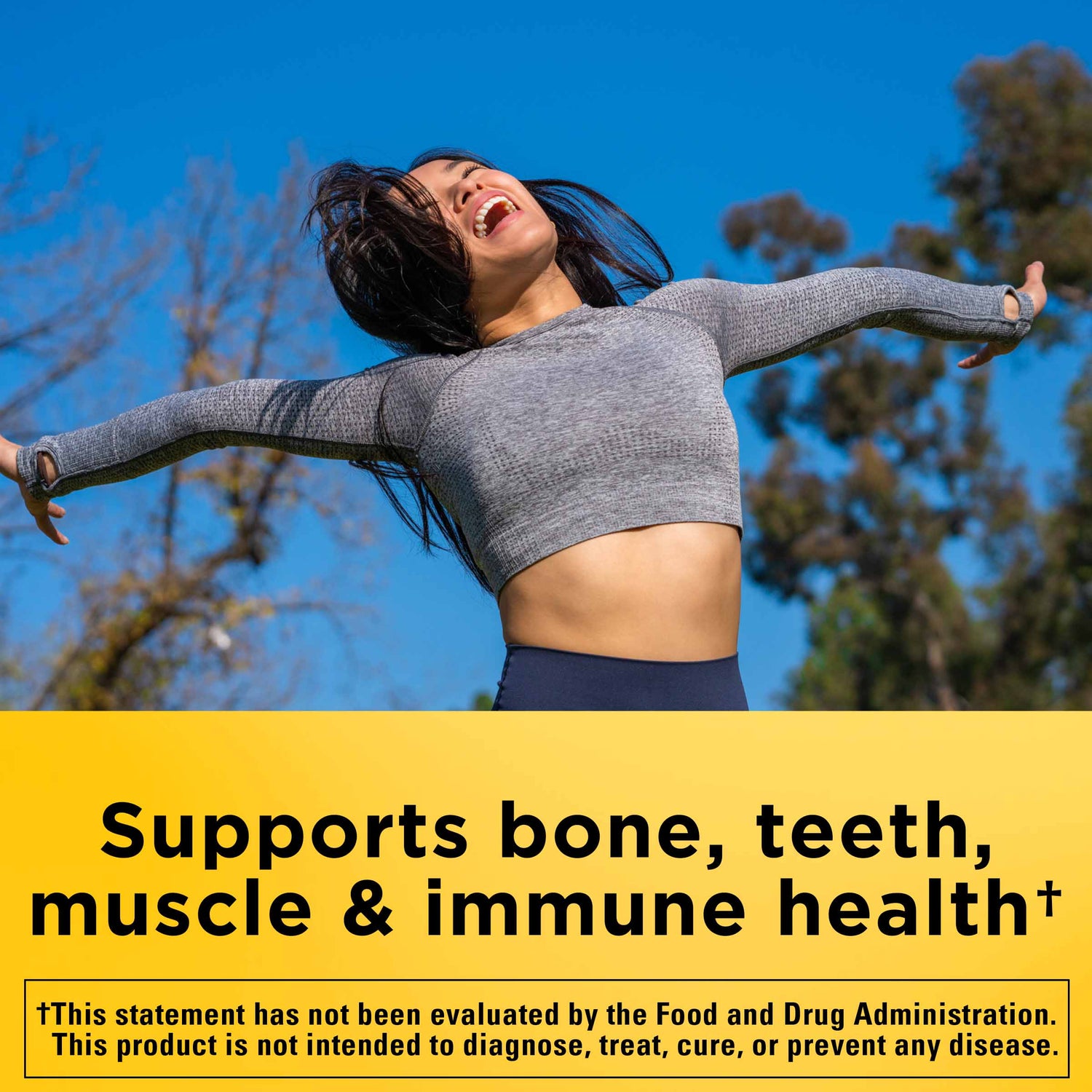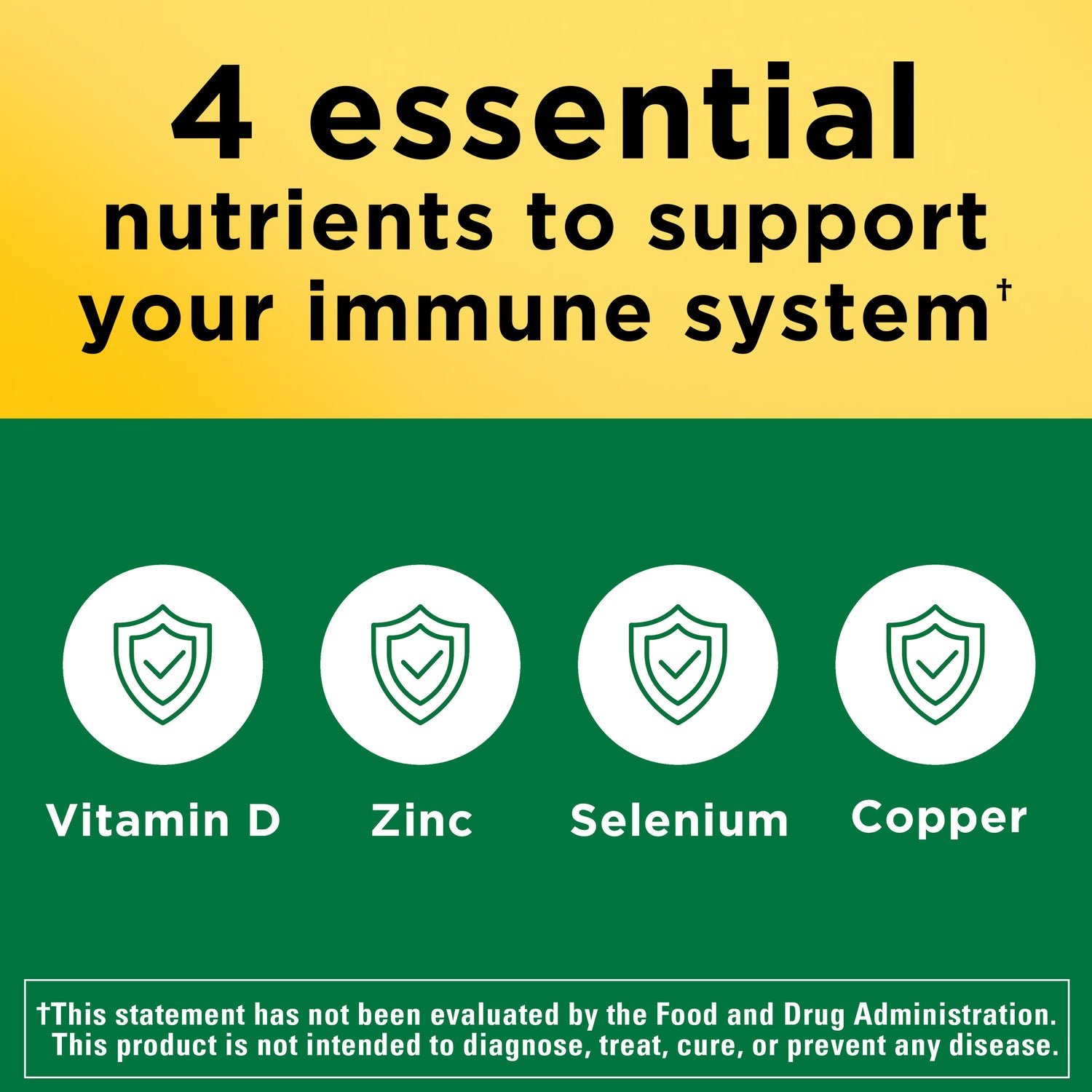■Approximately 29% of the U.S. population is deficient in Vitamin D and approximately 40% have insufficient levels of Vitamin D [1].
*Based on a survey of pharmacists who recommend branded vitamins and supplements
† These statements have not been evaluated by the Food and Drug Administration. This product is not intended to diagnose, treat, cure, or prevent any disease.
References
1. Liu, X et al. Vitamin D deficiency and insufficiency among US adults: prevalence, predictors and clinical implications. Br J Nutr. 2018 Apr;119(8):928-936.
2. Reider, C.A.; Chung, R.-Y.; Devarshi, P.P.; Grant, R.W.; Hazels Mitmesser, S. “Inadequacy of Immune Health Nutrients: Intakes in US Adults, the 2005–2016 NHANES.” Nutrients 2020, 12, 1735.
3. Tripkovic L, Lambert H, Hart K, et al. “Comparison of vitamin D2 and vitamin D3 supplementation in raising serum 25-hydroxyvitamin D status: a systematic review and meta-analysis.” Am J Clin Nutr 2012;95:1357-1364.
4. National Institutes of Health. “Vitamin D.” March 22, 2021. Accessed on: May 31, 2022. https://ods.od.nih.gov/factsheets/VitaminD-Consumer/ selenium: https://ods.od.nih.gov/factsheets/Selenium-HealthProfessional/
5. Linus Pauling Institute. “Zinc.” January 3, 2022. Accessed on May 31, 2022. https://lpi.oregonstate.edu/mic/minerals/zinc
6. National Institutes of Health. “Selenium.” March 22, 2021. Accessed on: May 31, 2022. https://ods.od.nih.gov/factsheets/Selenium-Consumer/
7. “Copper.” Mount Sinai Health System. Accessed on: May 31, 2022. https://www.mountsinai.org/health-library/supplement/copper.

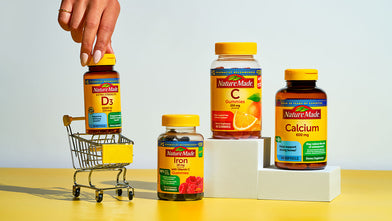


 Beauty
Beauty
 Bone
Bone
.svg?v=1708553623743) Brain
Brain
 Gut Health
Gut Health
 Energy
Energy
 Eye Health
Eye Health
 General Wellness
General Wellness
 Immune Health
Immune Health
 Joints
Joints
 Kids
Kids
 Men's Health
Men's Health
 Mood
Mood
 Prenatal & Postnatal
Prenatal & Postnatal
 Sleep
Sleep
 Stress
Stress
 Women's Health
Women's Health
